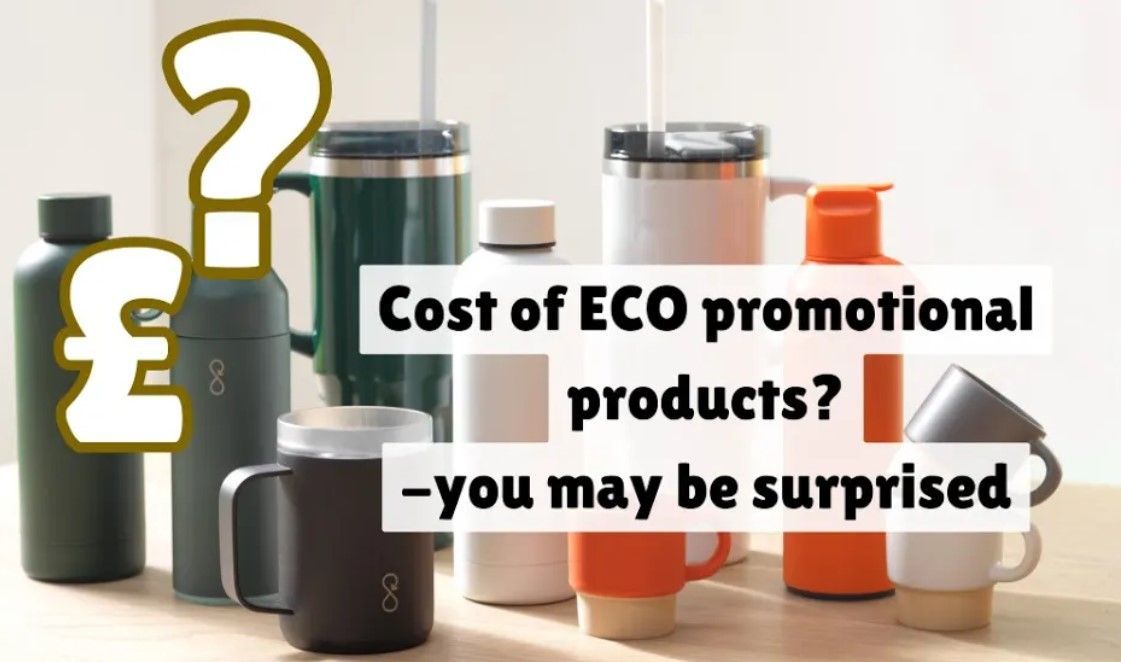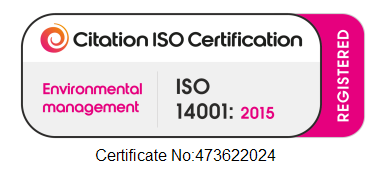Eco Promotional Products and Wheat Straw
25 September 2023
What is wheat straw plastic?

When looking at eco promotional merchandise, you will see items made from wheat straw or wheat straw plastic, a bio-based alternative to traditional plastics. So, what is wheat straw plastic, how is it made, and where it is used to promote a greener and more sustainable future?
What is Wheat Straw Plastic?
Wheat straw plastic, also known as wheat plastic or simply wheat straw, is a bioplastic made from the stalks of wheat plants. Wheat straw is the leftover agricultural residue after wheat grains are harvested. Traditionally, this straw has little to no economic value and is often burned or discarded. However, by processing wheat straw into a usable bioplastic, we can reduce waste and dependence on petroleum-based plastics.
How is Wheat Straw Plastic Made?
The production of wheat straw plastic involves several steps:
Harvesting: Wheat is grown for its grains, and the leftover stalks, or straw, are collected after the grain harvest.
Processing: The collected wheat straw is cleaned, chopped into smaller pieces, and then ground into a fine powder.
Polymerization: The wheat straw powder is combined with a biopolymer, often a form of polylactic acid (PLA) derived from corn or sugarcane. This mixture is then heated and processed to create a malleable material.
Moulding: The resulting wheat straw plastic can be moulded into various shapes and products using traditional plastic manufacturing techniques.
Where is Wheat Straw Used?
Wheat straw is finding its way into a wide range of products and applications due to its eco-friendly nature. Here are some common uses:
Food Packaging: Wheat straw is used to make food containers, takeaway boxes, and cutlery. It is a safe and non-toxic option for packaging and is often used for its biodegradability.
Disposable Tableware: Plates, bowls, and utensils made from wheat straw are a sustainable alternative to single-use plastic tableware.
Stationery: Wheat straw can be used to make eco-friendly pens, pencils, and notebooks.
Home Goods: Manufacturers are increasingly using wheat straw to make household items such as storage containers, toothbrushes, and cutting boards.
Benefits of Wheat Straw:
Biodegradability: Wheat straw is biodegradable, which means it breaks down naturally in the environment, reducing long-term plastic pollution.
Renewable Resource: Wheat straw is a renewable resource, making it a more sustainable choice compared to petroleum-based plastics.
Reduced Carbon Footprint: The production of wheat straw plastic typically results in lower carbon emissions compared to traditional plastics, especially when combined with biopolymers like PLA.
Waste Reduction: By using wheat straw as a raw material, we can repurpose agricultural waste, reducing the environmental impact of farming.





